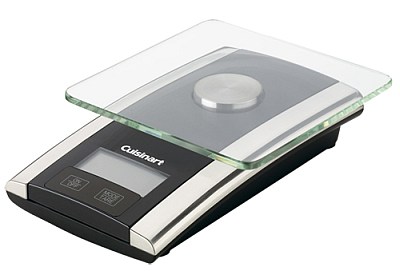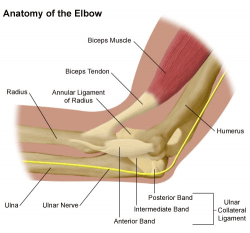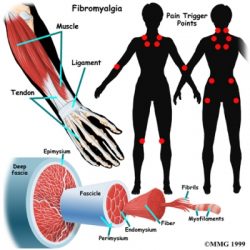There’s a camaraderie to having a glass of wine with friends or family before dinner. And there’s no question that sipping a glass of wine with dinner can enhance the meal.
However, many dieters avoid having a glass of wine because they fear the calories. While others enjoy a glass of wine and then find they are moaning on their scale the next morning.
What is the real story on wine and dieting?
D epending on what kind of wine you drink, a single glass (5 ounces) can range from 90 to 150 calories (excluding spritzers and sangria, which can be a staggering amount of calories). What dieter would complain about a 90 calorie – or even a 120 calorie – social drink? Especially if there are health benefits to an occasional glass of wine?
epending on what kind of wine you drink, a single glass (5 ounces) can range from 90 to 150 calories (excluding spritzers and sangria, which can be a staggering amount of calories). What dieter would complain about a 90 calorie – or even a 120 calorie – social drink? Especially if there are health benefits to an occasional glass of wine?
But wait, consider this:
- If one glass before dinner leads to another glass with dinner and then a third glass after dinner, those modest calories can begin to soar.
- Will power can weaken as alcohol intake rises. That bowl of peanuts and tray of cheese and crackers can become much more appealing after two glasses of wine. And a resolve to order “just a broiled chicken breast for dinner” can go out the window after a glass of wine and hearing friends order chicken Parmesan with pasta.
- A five ounce glass of wine has an acceptable calorie count. However, if your venue “fills the glass” that could be a lot more than five ounces. And if the group is sharing a bottle (and perhaps a second bottle), that five ounce glass can be continuously refilled.
Not all wines are created equal:
Increasingly the media touts the value of red wines over white. And that’s true. Although many of the whites, chardonnays or zinfandels, may be low in calories (under 120) there are other considerations. White wines have more sugary carbs than reds and can negatively impact a diet effort.
Red wines have less sugars than whites, as well as antioxidants and potassium. That potassium is a natural diuretic that helps prevent water retention while lowering blood pressure and muscle responsiveness. Note: Pink wine contains more sugar than reds, but are still better than whites.
Wine can be delicious and enhance the fellowship of a gathering and the taste of a meal. However, as with any diet attempt, it’s about moderation and making the right choices. That is never truer than when it comes to wine consumption.
For all its health benefits, too much red wine will quickly go from a healthy choice to having a negative influence on your body – and your diet commitment.










